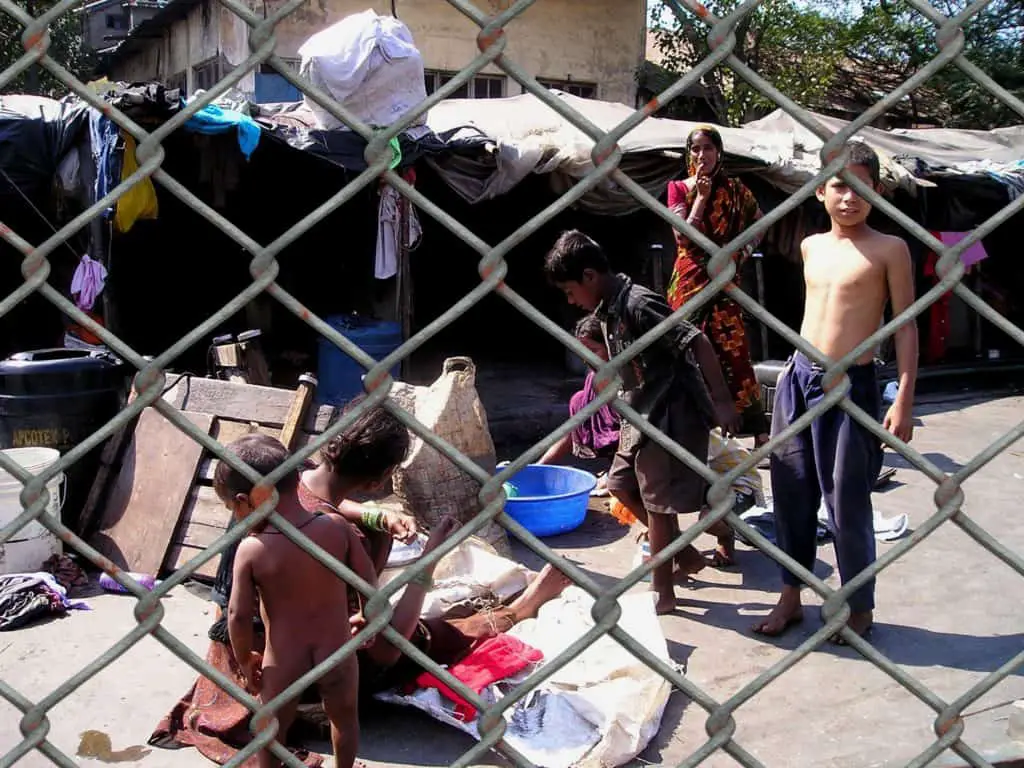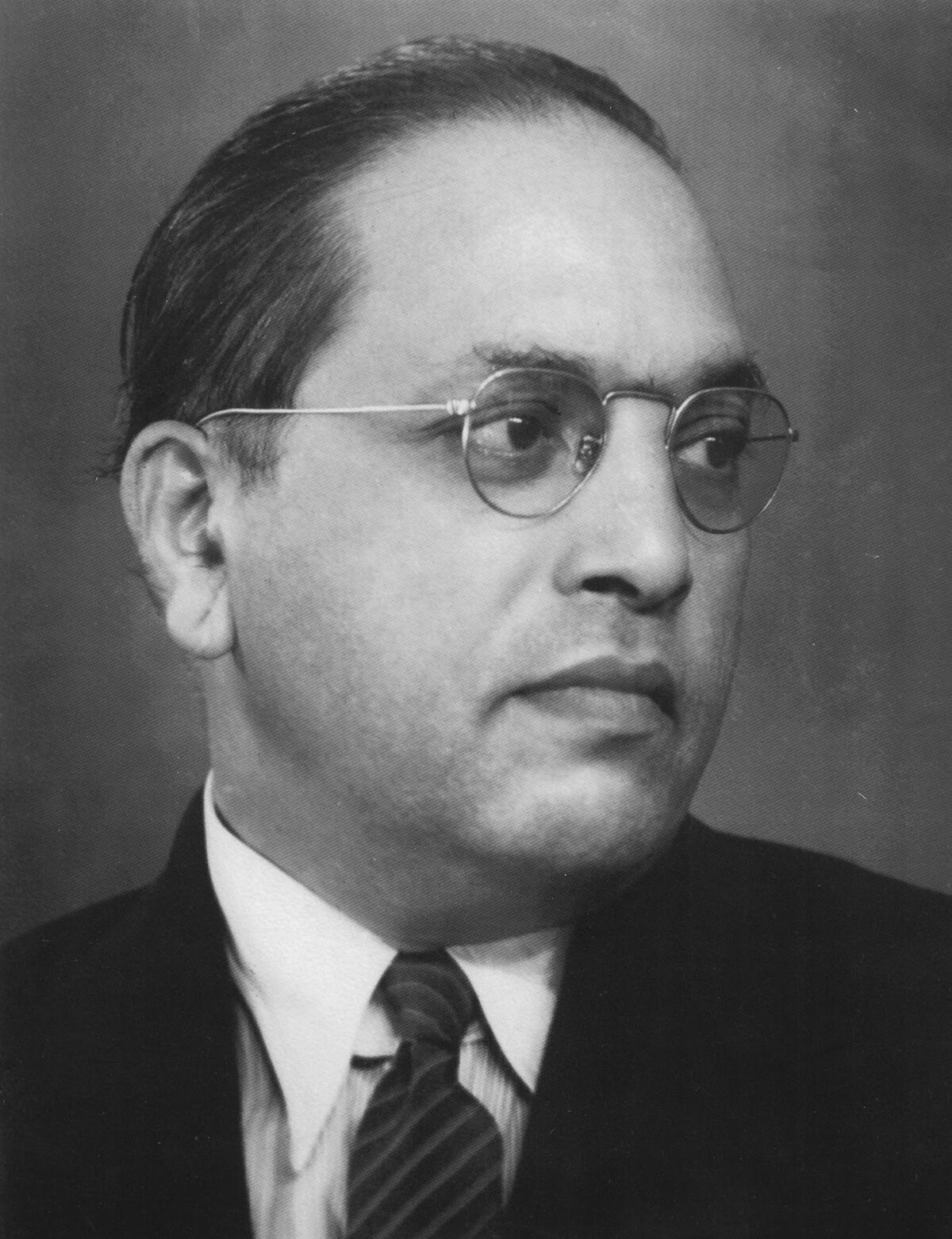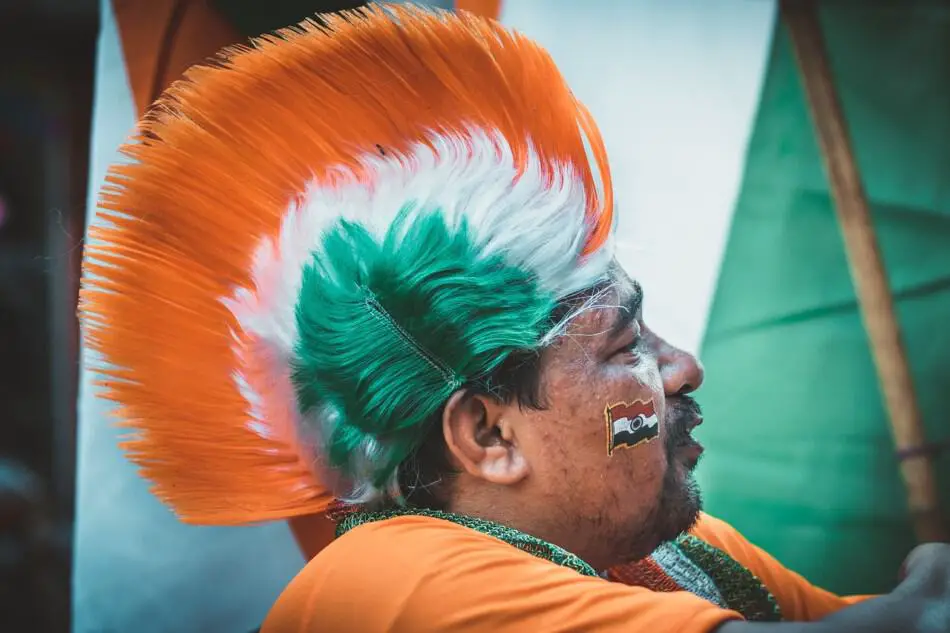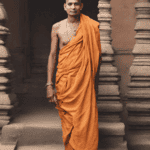Shudras are given the last rank in the Hindu caste system. They are considered lower than the Brahmins, Kshatriyas as well as the Vaishyas. Shudras mainly comprise of the shoemakers, the washermen, and the sweepers, etc. They do not have permission to study the Vedas like the Brahmins, Kshatriyas and the Vaishyas. Some people say that the Kshatriyas, as well as the Vaishyas, were once Shudra. There is neither any dvija concept in the Shudra community nor do they wear the sacred thread. They have got the responsibility to only serve the higher classes. According to the Hindu texts, all the castes are given a particular color. The Brahmins were given white color, the Kshatriyas were given red, and the Vaishyas were given yellow color while the Shudras were given black color. To get easily identified, all the castes were told to use a specific surname. Brahmins were told to use ‘Sharma’, Kshatriyas were told to use ‘Varma’, Vaishyas were told to use ‘Gupta’ while the Shudras were told to use ‘Dasa’ as their surnames respectively. Shudras are believed to have emerged from Lord Brahma’s feet.
The Shudras are the people who belong to the fourth or the last rank in the Hindu caste system while the untouchables ate the outcastes. The untouchables are not there in the Hindu caste system. Anyone outside the four communities, the Brahmins, the Kshatriyas, the Vaishyas, and the Shudras are considered as the Untouchables or Dalits. Hence, the Shudras and the Untouchables are not the same.

How were Shudras created in Hinduism?
i) Mythological View
According to the Rigveda, there was a cosmic primal human (Purusha). His body was asked to go through primordial sacrifice so that, men and women, different castes and the world could be created. The Brahmins were believed to have emerged from his mouth, Kshatriyas from his arms, Vaishyas from his thighs and Shudras from his feet. Not only the Brahmins but Lord Indra (the chief God of the Vedas) and Agni (the God of fire) was also believed to have emerged from his mouth. His skull made the heaven, his eyes made the sun and the moon was made from his spirit.
ii) Historical View
Around 1500 BC, the Aryans (Indo – European invaders) migrated to the Indian subcontinent. Aryans started taking control of the northern part of India. They maintained contacts only with the Australoids and the Dravidians and not with the local people at all. To rule easily and in an organized way, the Aryans made three groups. The first group was called Kshatriyas, they were the warriors. The second group comprised of the priests and teachers who were given the name of Brahmins. The third group was of merchants and craftsmen, they were known as Vaishyas. All the people outside these three groups were put in the category of Shudras.
Considering both, the historical and the mythological view, there are 4 castes in the Hindu caste system. The castes are Brahmin, Kshatriya, Vaishya, and Shudra. People who don’t belong to any of these four classes are known as the Untouchables.
Shudra Food Habits
Shudras do not have any dietary restrictions so they can eat whatever they want whether it be vegetarian food like milk, honey, vegetables, fruits, wheat, and rice or non-vegetarian food like meat, eggs, etc. Mostly they prefer eating non-vegetarian food because they don’t have to follow strict rules like Brahmins for their spiritual progress. But they can follow sattvik or a pure diet if they want.
Do Shudras Wear the Sacred Thread?
Unlike the Brahmins, Kshatriyas, and Vaishyas, they don’t wear the sacred thread which is known as ‘Janeu’ or ‘ Janai’. According to the Hindu caste system, the three upper castes, the Brahmins, the Kshatriyas, and the Vaishyas are said to be born twice. The Brahmins and the Kshatriyas wear a sacred thread or janeu made up of cotton. They wear this sacred thread during the upanayana ceremony. After wearing the janeu, they are considered reborn. Only after wearing the janeu they get the right to start their Vedic studies. Like the Brahmins and the Kshatriyas, the Vaishyas also wear the sacred thread, but the sacred thread they wear is not made up of cotton. It is made up of some other material. They also wear janeu during the upanayana ceremony. Thus, they are also considered reborn and they get the right to study the Vedas. The Shudras and the untouchables don’t have any upanayana ceremony, thus, they are not considered twice-born and they don’t have the right to study the Vedas as well.
Responsibilities of the Shudras
Shudras were the people who belonged to the lowest ranking community in the Hindu caste system but they were considered higher than the Untouchables. They were also known as ‘Dasas’ or servants. Their responsibilities were to serve the upper castes and to make their lifestyles better. They used to serve the Brahmins in their ashrams, the Kshatriyas in their palaces and helped the Vaishyas in trade.
Who are the Untouchables or Dalits?
Any person outside the caste-system is known as the Untouchable. Mahatma Gandhi used to call the Dalits, the children of God. Generally, the people involved in polluting activities such as i) people who used to take the life of other animals like fishermen ii) people who used to clean human urine & feces iii) people who used to eat cattle’s flesh such as pig, chicken, etc. (these included the tribal people). Earlier, people said that the touch of a Dalit made upper caste’s people polluted. They were not even allowed to enter the temple or to eat with a member of any other caste. Many people believe that the Shudras and the Untouchables are the same. Still, untouchability exists in some parts of India.
The Concept of Purity and Impurity
There are many parameters that are used to consider a person’s pure or impure.
The parameters include:
- Occupation
- Social status
- Way of life
- Human behavior
Keeping in mind all these parameters, the Brahmins, who are intellectuals, spread sacred texts and are vegetarians are considered purer than the Kshatriyas, as they fight and also eat meat. Similarly, the Kshatriyas are considered purer than the Vaishyas and the Shudras (also the untouchables) are considered impure as they kill and eat other animals also.
Advantages of Caste System for the Shudras
- It brought unity among the intra-caste people.
- People used to follow the laws of their own caste and lived with harmony, without the need of the government.
- The government started giving reservations to improve the standard of living of the lower castes who were earlier isolated by society.
Disadvantages of Caste System for the Shudras
- It led to the exploitation of the lower castes. They were not allowed to do any good grade work. They were not even allowed to study Vedas or to enter the temple.
- It let to discrimination on the basis of caste, creed, and color. Discrimination still exists in many parts of India.
- The reservations given to the lower castes for their betterment promoted hatred for them among the upper castes.
- Untouchability still exists in some parts of our country.
- People are still not allowed to marry someone from a different caste which leads to ‘Honor Killing’.
- Due to discrimination and hatred, many Shudras changed their religion and started following Buddhism or Jainism.
Who belongs to the Scheduled Caste and the Scheduled Tribes?
Scheduled Castes
They are the people who have faced social isolation and oppression during the earlier caste system. They belong to the lowest caste among all the four castes of the Hindu caste system. Not only Shudras but also the Untouchables are included in the scheduled caste. Even after Independence, they were facing a lot of hatred and social isolation. For their welfare, there are many acts and laws in our constitution.
Scheduled Tribes
Many people consider the untouchables to belong to the scheduled tribe but that assumption is wrong. Scheduled tribes include the tribal communities that were nowhere in the Hindu caste system. They existed before any religion came into existence. In the whole world, India has the most number of tribal communities. But among Indian caste-categories, scheduled tribes are the least in number. In India, most of the tribes are seen in Jharkhand and Chhattisgarh.
Some Renowned Shudras
Politicians

By http://anithawnp.webnode.com/indian-heroes/dr-b-r-ambedkar/[dead link] (read on archive.org), Public Domain, Link
- Babasaheb Ambedkar – economist, politician, social reformer, chairman of Constituent Assembly
- K.G. Balakrishnan – former Chief Justice of India
- K.R. Narayanan – former President of India
- Mayawati – four-time Chief Minister of Uttar Pradesh and Ex- Cabinet Minister
- Ram Vilas Paswan – president of Lok Janshakti Party and eight-time member of the Lok Sabha (Lower House of Parliament)
- Kanshi Ram – founder of the Bahujan Samaj Party
- Jagjivan Ram – former Deputy Prime Minister of India
- Meira Kumar – first woman Speaker of the Lok Sabha
- Laloo Prasad Yadav – former Union Cabinet Minister of India and also former Chief Minister of Bihar
- Ch. Chand Ram- Former Deputy Chief Minister of Punjab, Founder Member of Haryana
- B. Shyam Sunder – Founder of Akhil Bharatiya Bheem Sena
and many more.
Literature
- Namdeo Dhasal – Marathi Poet and Writer
- Daya Pawar – Poet and Writer
- Madara Chennaiah – Poet
- Anant Rao Akela – Poet and Writer
- Baby Kamble – Activist and Writer
- Leeladhar Mandloi – Writer
- Raja Dhale – Writer
- Aravind Malagatti – Writer and Poet
- Siddalingaiah – Writer, and Poet
- Omprakash Valmiki – Writer and Poet
and many more.
Entertainment Industry
- Abhijeet Sawant – Singer
- Amar Arshi – Punjabi Singer
- Anil Biswas – Music director
- Ashok Lokhande – Actor
- Chirag Paswan – Actor
- Daler Mehndi – Singer
- Dhanush – Actor
- Divya Bharti – Actress
- Gauri Shinde – Director
- Hans Raj Hans – Singer
- Johnny Lever (Janumala John Prakasa Rao) – Actor
- Karthik Raja – Tamil Music Director
- Mika Singh – Singer
- Miss Pooja – Singer
- Nagraj Manjule – Director
- Shilpa Shinde – Actress
and many more.
Cricket

By Bollywood Hungama, CC BY 3.0, Link
- Vinod Kambli
- Eknath Solkar
- Balwanth Paloo
- Vithal Palwankar
- Sanjay Bangar
and many more.
Entrepreneur
- Bhagwan Gawai – CEO of Saurabh Energy DMCC
- Kalpana Saroj – Chairperson of Kamani Tubes
- Raja Nayak – President of DICCI
- Ratibhai Makwana – Managing Director of Gujarat Pickers Industries
- Ashok Khade – Managing Director of DAS Offshore
and many more.
Constitutional Information about the Shudras and the Untouchables

In the preamble of the Indian constitution, it is mentioned that there will be equality of status and opportunity.
According to article 14 of the Indian constitution, the constitution guarantees equality before the law and according to article 15 of the Indian constitution, no citizen should be discriminated on the grounds of caste. Untouchability was abolished back in 1950, which is mentioned in article 17 of the constitution.
Section 2 of Article 15 of the constitution says, that no citizen should be subjected to any restriction or disability on grounds of caste or race. According to sections 4 and 5 of article 15 of the constitution, there is a provision to give the scheduled castes reservation in educational institutes and according to section 4 of article 16 and article 335, there is a provision in favor of scheduled castes for jobs. Under article 330, there is a provision for reservation of seats in Lok Sabha and under article 322, there is a provision for reservation of seats in State Assemblies for scheduled castes. The constitution also guarantees protection from social injustice as written under article 46.
Acts Against Caste Discrimination
- In 1950, the Indian constitution banned all the practices of untouchability.
- In 1955, the parliament enacted the Untouchability Act to remove all forms of caste-based discrimination from the country. In 1976, this act was renamed as Protection of Civil Rights Act.
- In 1989, an act for prohibiting casteist harassment was enacted.
Reservation System for Shudras
There is a caste-based reservation system in India.
As mentioned earlier, the Shudras belong to the Scheduled Caste. The purpose of reservation in India is to promote equality and eliminate all kinds of discrimination. According to the central government, the three categories, the scheduled caste, the scheduled tribes, and the other backward castes are given reservation in educational institutes as well as for jobs. The scheduled caste comprises 15% of the Indian population. 15% of seats in educational institutes and 15% of jobs are reserved for them. The scheduled tribe comprises 7.5% of the Indian population and 7.5% seats in educational institutes and jobs are reserved for them. The other backward castes comprise of 50% of the Indian population but the seats in educational institutes and jobs that are reserved for them are 27%. Recently, the Indian government announced a 10% reservation for the economically weaker sections of the society as well. The state government also provides reservation to all these classes but the percentage of reservation varies according to the population of all these categories in different states.

